Artificial Intelligence 101: Understanding Intelligent Agents
 Iasmim Oliveira
Iasmim Oliveira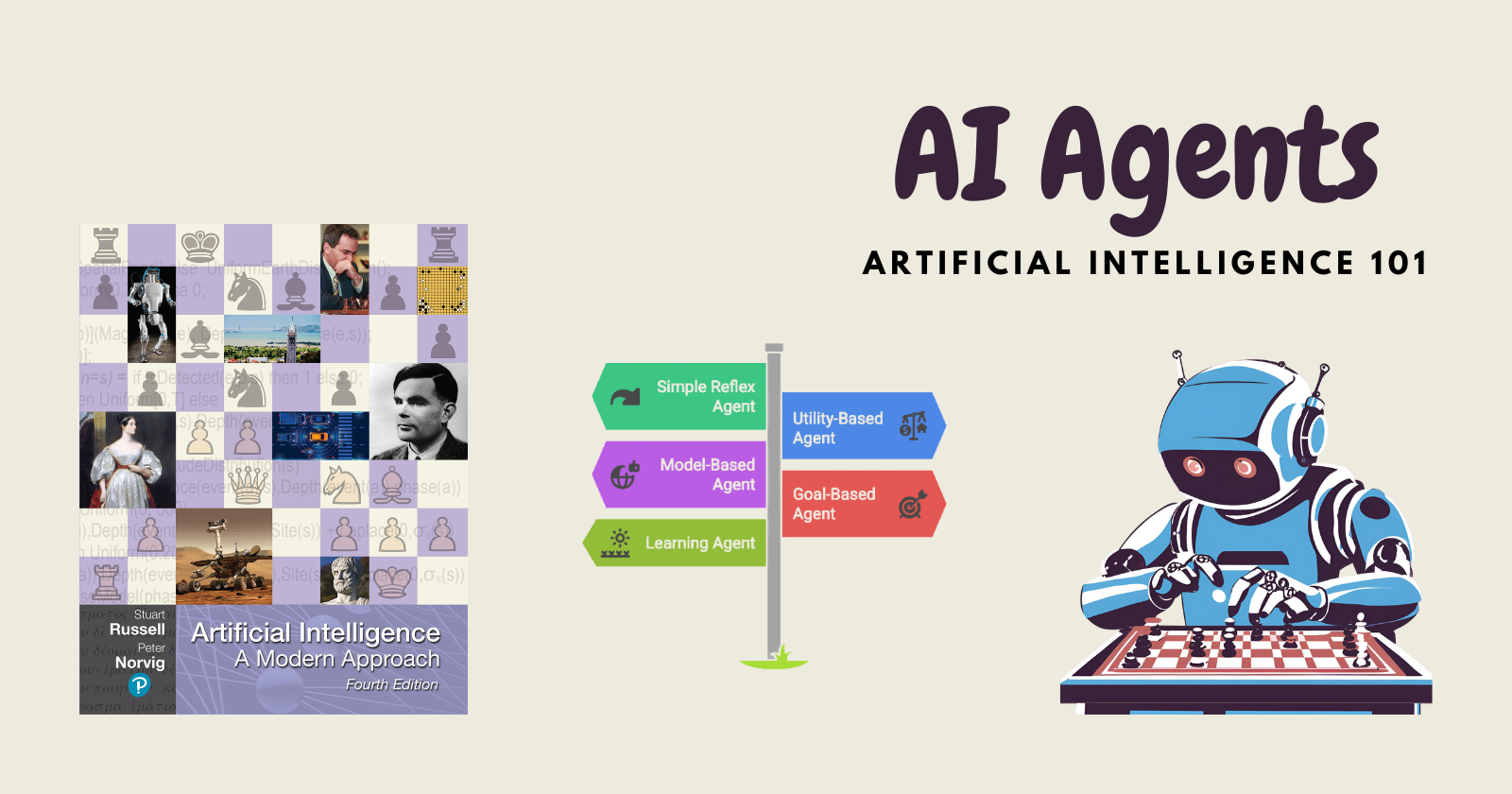
In addition to our series about fundamental concepts in artificial intelligence, let's dive in on the buzzworld of the moment: “Agents”.
We can't talk about AI without deeply understanding the concepts of agents. They're not some groundbreaking new idea, they've existed long before LLMs, powering self-driving cars, game AIs, and even NPC's long before anyone thought to give them an API.
In the classic book Artificial Intelligence: A Modern Approach, Stuart Russell and Peter Norvig define the entire field of AI research as “the study and design of rational agents.”
An agent operates within an environment defined by its use case. If we think about Pac-Man, the game board is its environment. If you build a vacuum-cleaning agent, your house becomes its environment.
The LLM-powered agents we're seeing today represent an emerging field, with no firmly established methods for developing and evaluating them—and that's exactly what makes it so fascinating to me. This reminds me of Norbert Wiener's insightful warning: we must always ensure that “the purpose put into the machine is the purpose which we really desire.”
This leads us to two critical questions: What exactly is an agent? And how do we ensure the desired outcomes we envision are truly embedded into it?
With a deeper understanding of classical AI agent theory, we can move beyond just stacking scripts—and start building real intelligence into our applications.
Demystifying AI Agents
Put simply, an agent is any system that perceives its environment and takes actions toward a goal.
Key Components of an Agent:
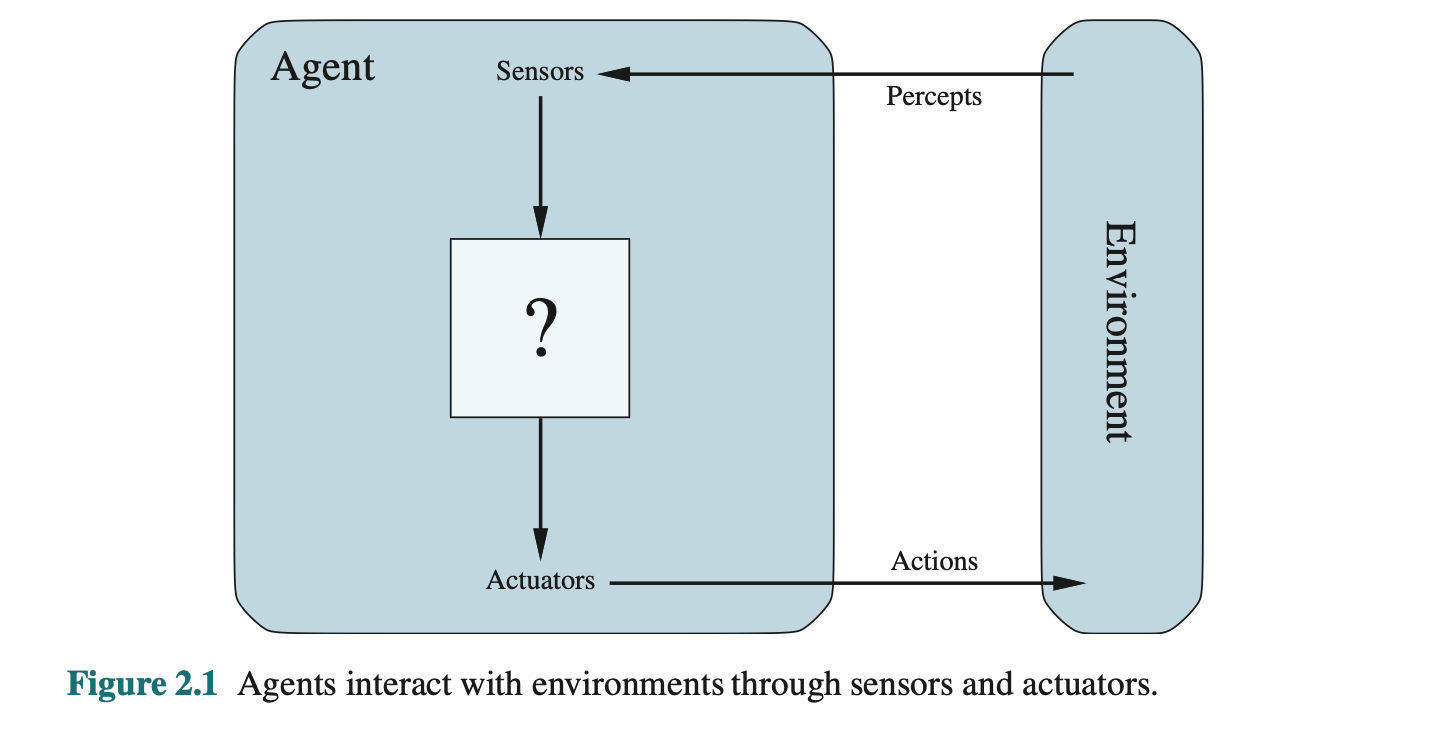
Perception (What does it sense?)
Decision-making (How does it decide what to do?)
Actions (What can it do?)
Environment (Where does it operate?)
Every modern AI agent—whether an LLM-powered assistant or a self-driving car—follows this fundamental structure:
Agent = Architecture + Program
Agent Program: (the “?” box in our diagram above) is the software logic that maps percepts to actions.
Agent Architecture: The underlying system that executes the agent’s decisions.
Types of AI Agents
1. Simple Reflex Agents
💡 "IF X happens, THEN do Y" — Reacts purely based on current perception, no memory or adaptation.

✅ Best suited for simple, fully observable environments with straightforward conditions.
❌ Fails in complex, dynamic environments requiring memory.
Use cases:
✔️ Spam Filters: “If email contains 'FREE MONEY', mark as spam.”
✔️ Traffic Light Systems: “If no cars detected for X seconds, turn red.”
2. Model-Based Reflex Agents
💡 "Memory + Simple Reflex" — Uses internal models to handle partial observability.

Combines sensory inputs with an internal state to make better decisions, adapting effectively to dynamic environments. However, this requires more resources and can struggle with highly goal-oriented tasks.
Use cases:
✔️ Robotic Vacuums: Keep track of cleaned areas.
✔️ Smart Assistants: Recall previous conversations to improve responses.
3. Goal-Based Agents
💡 "Planning for the future" — Chooses actions based on achieving specific goals.
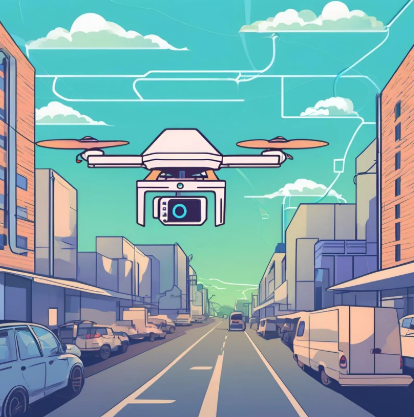
These agents plan ahead, evaluating future outcomes and using search algorithms to determine the most effective decisions.
✅ Best suited for pathfinding and planning tasks.
❌ Fails when optimization and complex trade-offs become more critical than simple goal achievement.
Use cases:
✔️ Pathfinding: A* Search, GPS systems
✔️ Chess AI: AlphaBeta Pruning algorithm
4. Utility-Based Agents
💡 "Not just achieving goals, but choosing the best way to do so"

These agents use a utility function to evaluate multiple scenarios and choose actions that maximize desired outcomes, balancing multiple goals (cost, quality, or time).
✅ Best suited for tasks involving optimization and trade-offs (finance, logistics).
Use cases:
✔️ AI Stock Trading Bots: Maximize long-term profit.
✔️ Recommendation Systems (Netflix, Spotify): Select the most engaging content.
5. Learning Agents
💡 "Adapts over time through experience"
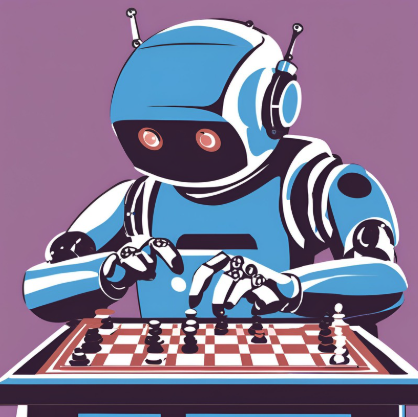
These agents learn from past experiences, improving their performance in dynamic or previously unknown environments.
✅ Best suited for constantly changing or unknown environments.
⚠️ Important: They often require significant data and resources.
Use cases:
✔️ Self-driving Cars: Learn evolving traffic patterns.
✔️ AlphaGo (Deep Reinforcement Learning): Improve gameplay through experience.
How to Start Building AI Agents
Define the Environment
AIMA: "An agent exists within an environment. The better the agent understands this environment, the more intelligent it becomes."
Choosing the right agent depends entirely on your environment:
| Property | Description | Example |
| Fully Observable | The agent has full knowledge of the world at every moment. | Chess, Go |
| Partially Observable | The agent has limited perception and must infer missing details. | Poker, Self-Driving Cars |
| Deterministic | The next state is fully determined by the agent’s action. | Sudoku, Calculator |
| Stochastic | The next state is uncertain, requiring probability-based reasoning. | Stock Trading, Robotics |
| Episodic | Decisions do not depend on past states. | Image Recognition |
| Sequential | Past states influence future states. | Chess, Navigation |
| Static | The world doesn’t change when the agent isn’t acting. | Turn-Based Games |
| Dynamic | The world evolves continuously. | Real-Time Strategy Games, Traffic Systems |
Choose the right agent type
Consider your environment and decide accordingly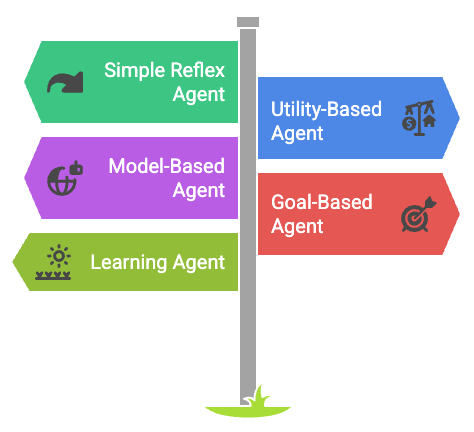
Implement Decision-Making
Basic methodsIf-Else Rules: Simple and direct percept-action mapping.
Search Algorithms: Finding the optimal sequence of actions.
Utility Functions: Evaluating trade-offs and optimizing outcomes.
Reinforcement Learning: Learning over time from experience.
Experiment! Train! Test! Simulate! Tools to explore:
OpenAI Gym: Reinforcement learning for Atari, robotics, and navigation.
Berkeley Pac-Man AI course: Hands-on search and RL.
Conclusion
If you truly want to build real, intelligent AI agents you need to:
Understand agent architectures deeply.
Build AI specifically tailored for your environment.
Master decision-making models and algorithms.
Test extensively using AI simulators and experimental setups.
If this excites you, follow me for more content in AI enineering! Let's go beyond wrappers and scripts and start building real AI innovation together.
Subscribe to my newsletter
Read articles from Iasmim Oliveira directly inside your inbox. Subscribe to the newsletter, and don't miss out.
Written by
